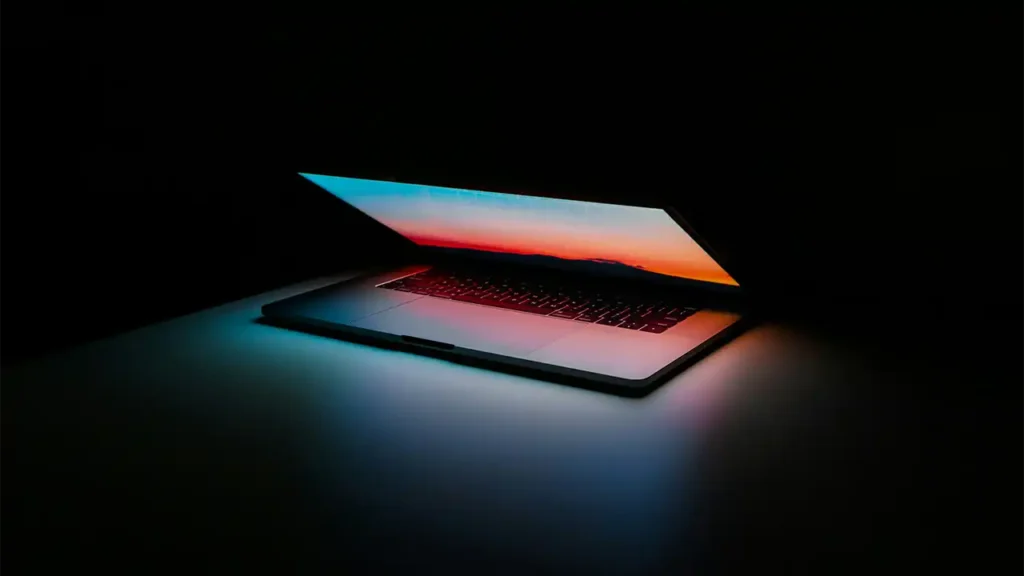Your cart is currently empty!

In today’s fast-paced digital world, multitasking has become more than just a skill—it’s a survival strategy. Whether you’re managing emails while attending a video call or switching between spreadsheets and presentations, multitasking enables professionals to stay agile and responsive. With the right approach and tools, it allows individuals to make the most of their time, streamline tasks, and meet deadlines without compromising quality. When used effectively, multitasking can serve as a major driver of productivity, helping people stay on top of their responsibilities in an increasingly competitive environment.
However, not all multitasking is created equal. There’s a fine line between juggling tasks efficiently and falling into the trap of doing too many things at once, leading to burnout and errors. The key is intentional multitasking—using technology, workflows, and time management techniques to shift between complementary tasks.
Advances in operating systems, task management apps, and multi-window interfaces are making it easier than ever to work across multiple domains without losing focus. With the right balance, multitasking isn’t a distraction—it’s a productivity amplifier.
Technology that Enables Seamless Multitasking
Modern devices and software are designed with multitasking in mind. From dual-screen laptops to smartphones with split-view modes, users are equipped with the ability to run multiple applications side by side. Features like virtual desktops, picture-in-picture, and drag-and-drop between apps offer a fluid experience that encourages productivity without friction. Whether it’s editing a document while referencing a browser or participating in a meeting while taking notes, today’s tools support multitasking in ways that were unimaginable just a few years ago.

Cloud integration plays a major role too. With tools like Google Workspace, Microsoft 365, and collaboration platforms like Slack or Notion, users can jump between tasks and teams in real-time. Files sync across devices instantly, and workflows continue regardless of location. This connectivity reduces downtime and keeps the momentum going. When every app, file, and communication tool is integrated into one ecosystem, multitasking becomes less about switching and more about flowing between tasks smoothly and naturally.
Multitasking with Purpose: Strategies That Work
The real power of multitasking lies in doing it with purpose. It’s not about simply doing more at once—it’s about doing the right things in the right sequence. Time-blocking, task batching, and prioritizing based on urgency and energy levels are proven techniques to enhance multitasking without sacrificing focus. For example, answering emails during low-energy hours and reserving peak focus time for strategic thinking can significantly boost output.

Add to this the acceleration of 5G networks, edge computing, and cloud services, and it becomes clear that mobile computing is no longer limited by onboard hardware alone. Users can tap into massive computing resources on demand, all from devices that fit in a handbag or even a pocket. This hybrid approach of local and cloud power is setting the stage for a future where performance scales with user demand, not device size.
Great adventures deserve great sound. Choose a laptop that amplifies every moment, wherever life takes you.
James Cooper
Future Outlook: Smarter Workflows and AI Assistance
As artificial intelligence continues to integrate into workplace tools, multitasking will evolve further. Smart assistants, automated scheduling, and AI-driven content generation are already helping users accomplish more in less time. These technologies don’t just support multitasking—they enhance it by taking over repetitive tasks and allowing humans to focus on higher-value work. The future of multitasking is about working smarter, not harder, where productivity comes from intelligent delegation and seamless orchestration of tasks.
Tags:
Share:
Leave a Reply